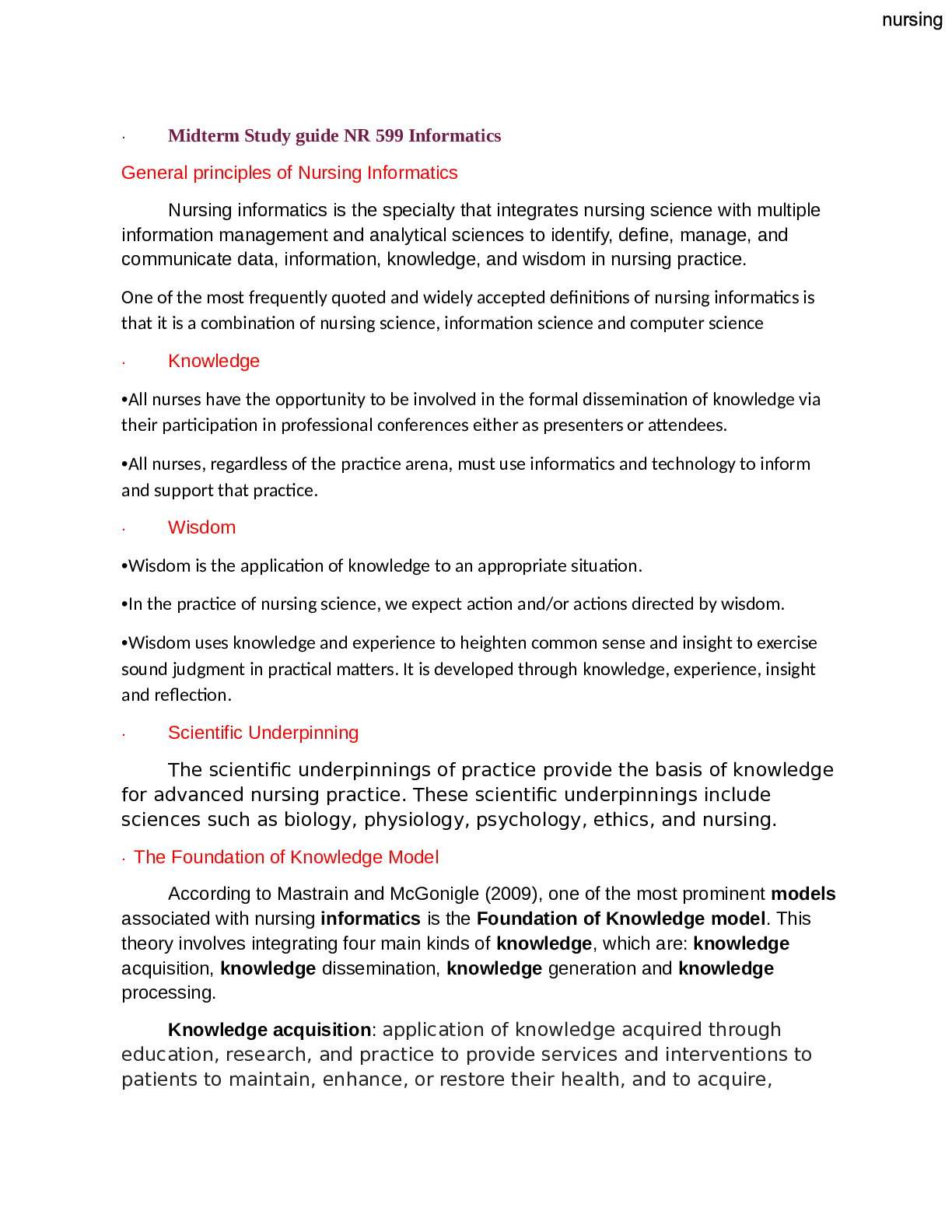Health Care > STUDY GUIDE > Mid Term Study Guide NR 507 (All)
Mid Term Study Guide NR 507
Document Content and Description Below
Mid Term Study Guide NR 507 Pulmonary 1. Concepts of anticholinergic drug and asthma: Anticholinergic drugs: block acetylcholine binding (primarily in the lungs) -promotes bronchiole dilation thr... ough decrease in the parasympathetic response (tiotropium & ipratropium) is fast acting 2. Bronchitis & associated pathogenesis: Begins with an exposure to an irritant (tobacco smoke) – activates bronchiole smooth muscle constriction- mucus secretion- release of inflammatory mediators(histamine, prostaglandins & leukotrienes) normal response to occasional airborne site irritants- over bronchitis is over long term 3 months for over 2 consecutive years- = smooth muscle hypertrophy = increase bronchoconstriction, hypertrophy and hyperplasia of goblet cells= mucus hypersecretion, epithelia cell metaplasia = non-ciliated squamous cells, migration of more WBCs to site = inflammation and fibrosis in bronchial wall, thickening and rigidity of bronchial basement membrane= narrowing of bronchial passageways : Increased mucus production- inflammation process = weight loss, loss of appetite, muscle weakness (interleukin controls appetite) increases protease activity= breakdown of elastin in the connective tissues of the lung= destruction of the wall between the alveoli and lungs = large ineffective air sacs develop-elastic recoil of bronchial wall -destroys bronchi and cant dilate and they stay constricted =air trapping : Chronic bronchitis =Dyspnea- air trapping increased mucus, increase WOB r/t chronic bronchoconstriction Cough- irritated and inflamed bronchial epithelia membrane Hypoxia & Hypercapnia -from impaired gas exchange 3. Chronic bronchitis and related acid/base disturbance: Hypercapnia (CO2 retention) = Respiratory acidosis r/t anatomical changes ventilation is compromised esp. exhalation = alveolar hyperinflation) expanded thorax) hypercapnia CO2 retention = respiratory acidosis\ 4. Perfusion: the actual exchange of O2 and CO2 in the bloodstream occurs via the alveoli and pulmonary capillaries: the passage of fluid to an organ or a tissue usually referring to delivery of blood to an area 5. Blood flow between the heart and lungs in chronic bronchitis: Poor ventilation leads to r to l shunting to occur= deoxygenated blood passes from r ventricle to the lungs to the l ventricle without adequate perfusion (gas exchange) the kidneys respond by secreting erythropoietin increasing RBC production the increase in RBC increase O2 carrying capacity -the increase blood volume increases the workload of the pulmonary and cardiovascular systems increasing blood volume and vasoconstriction = pulmonary HTN= increase workload on the R ventricle =cardiac hypertrophy= R side HF or Cor Pulmonale [Show More]
Last updated: 1 year ago
Preview 1 out of pages

Reviews( 0 )
Document information
Connected school, study & course
About the document
Uploaded On
Jan 07, 2022
Number of pages
Written in
Additional information
This document has been written for:
Uploaded
Jan 07, 2022
Downloads
0
Views
4

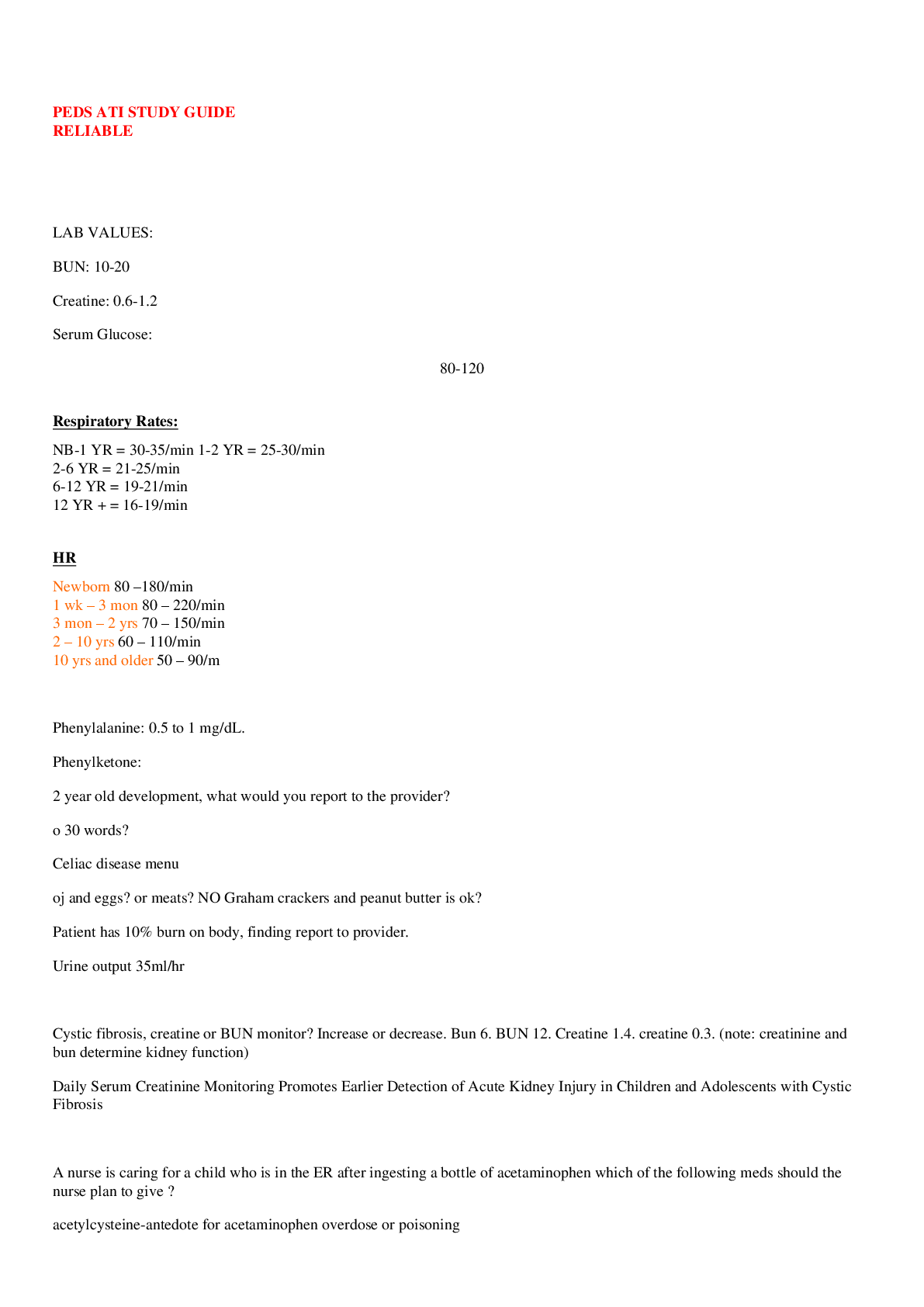
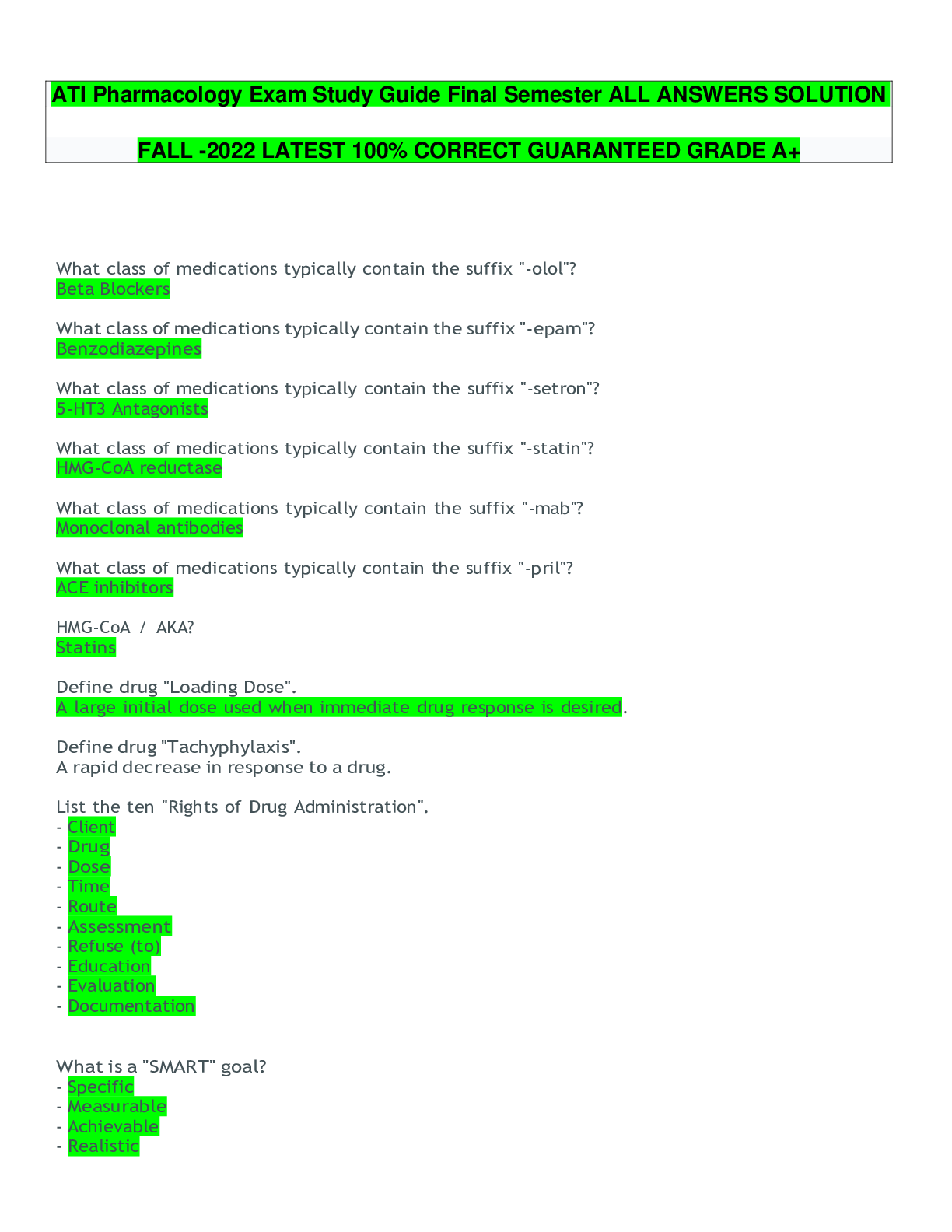




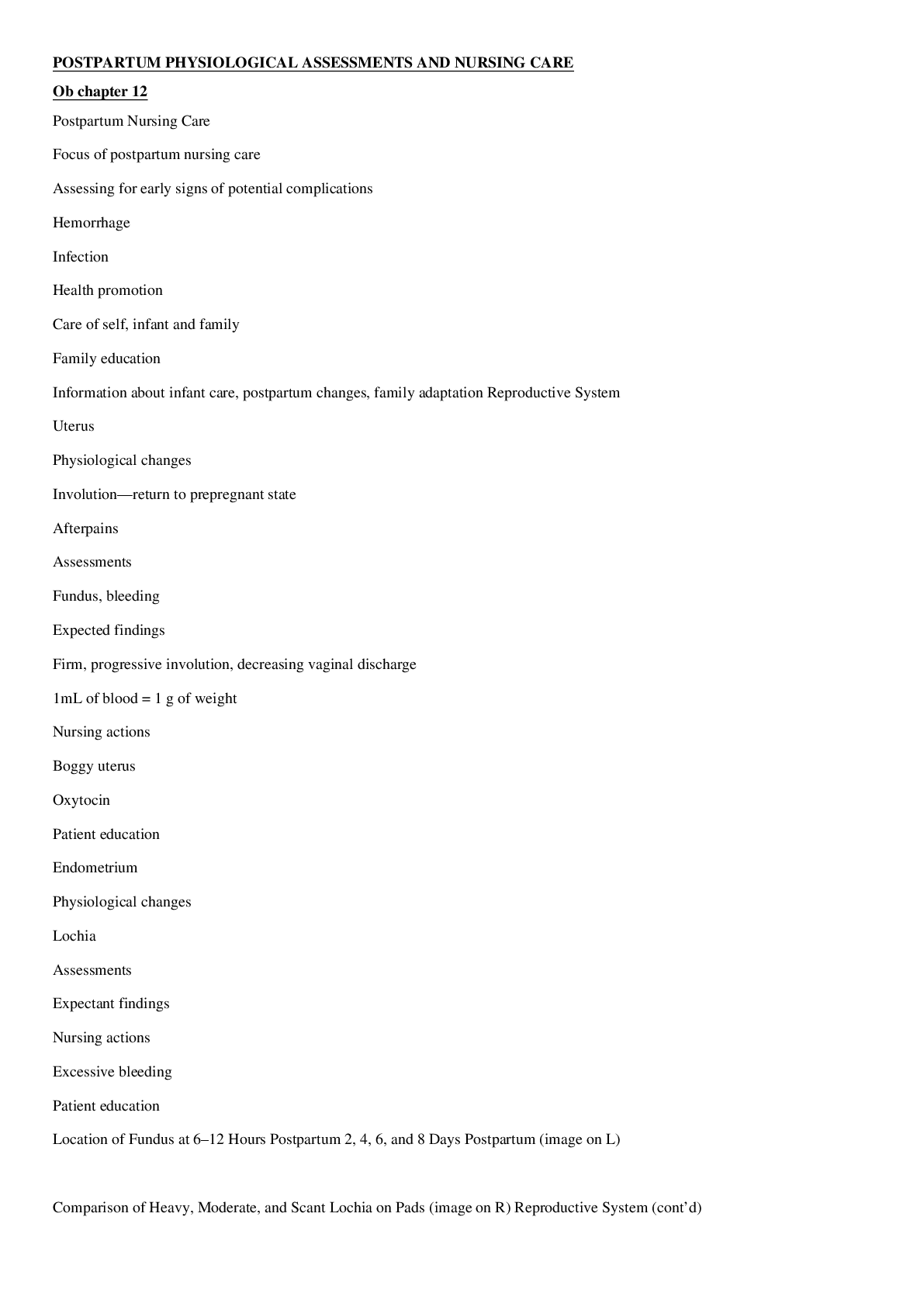


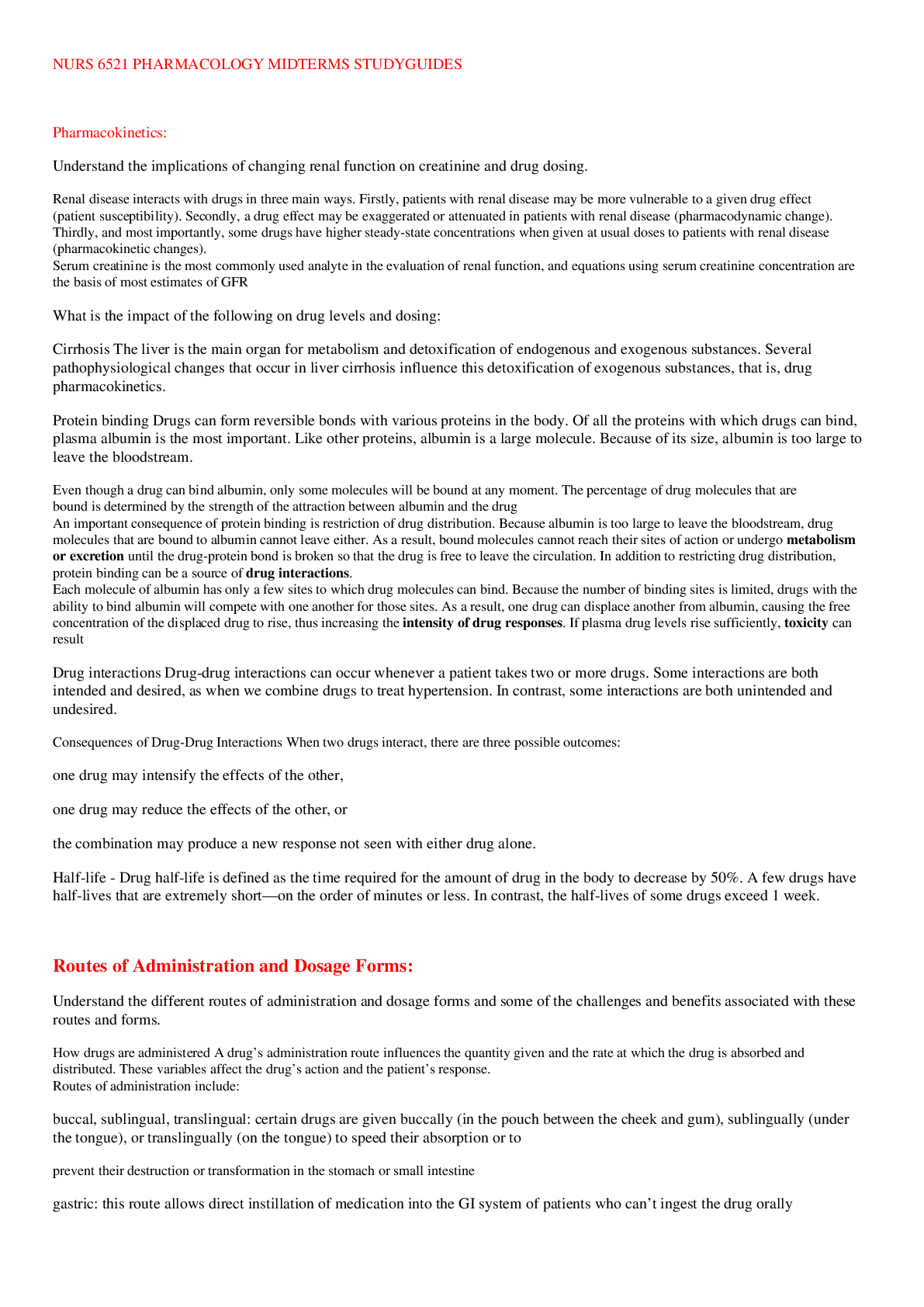

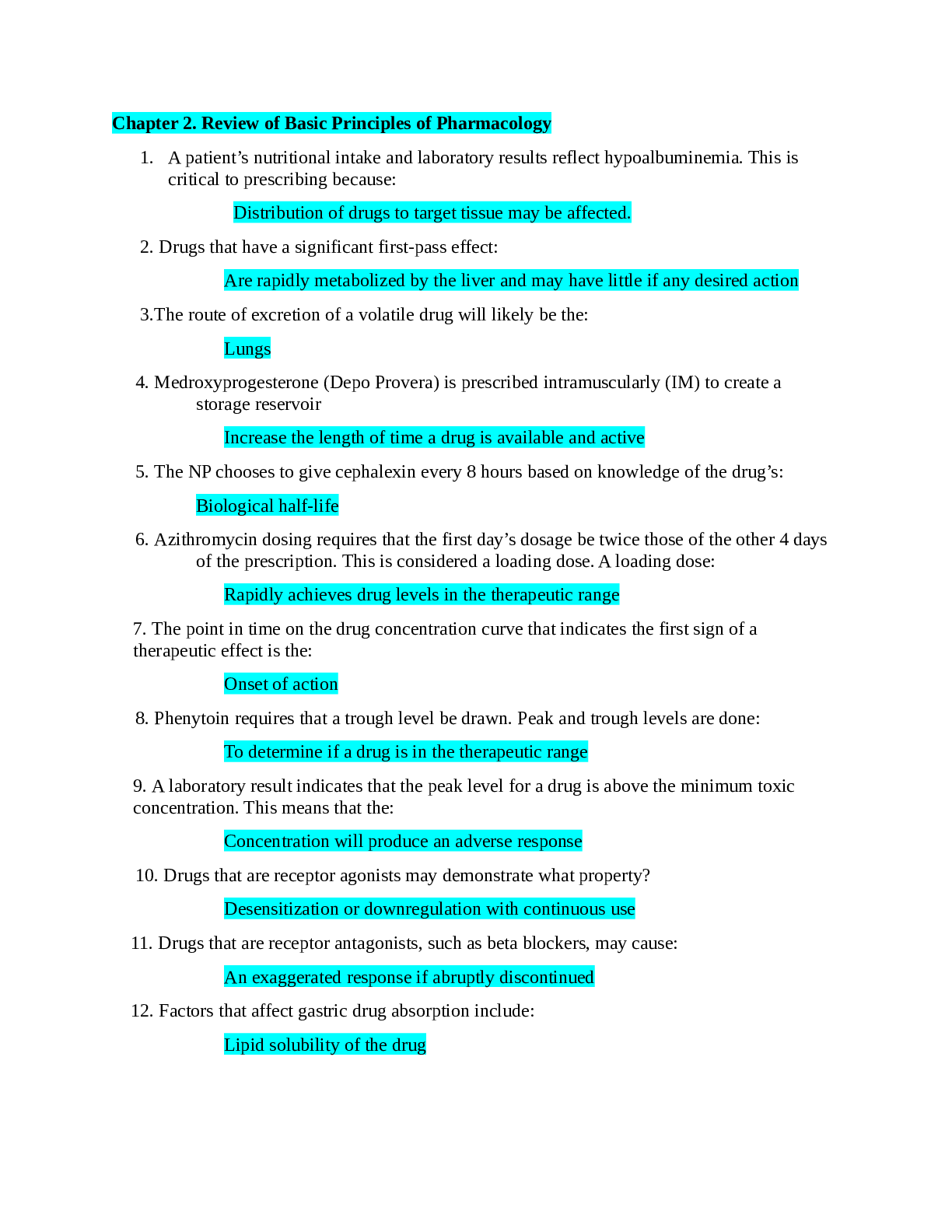


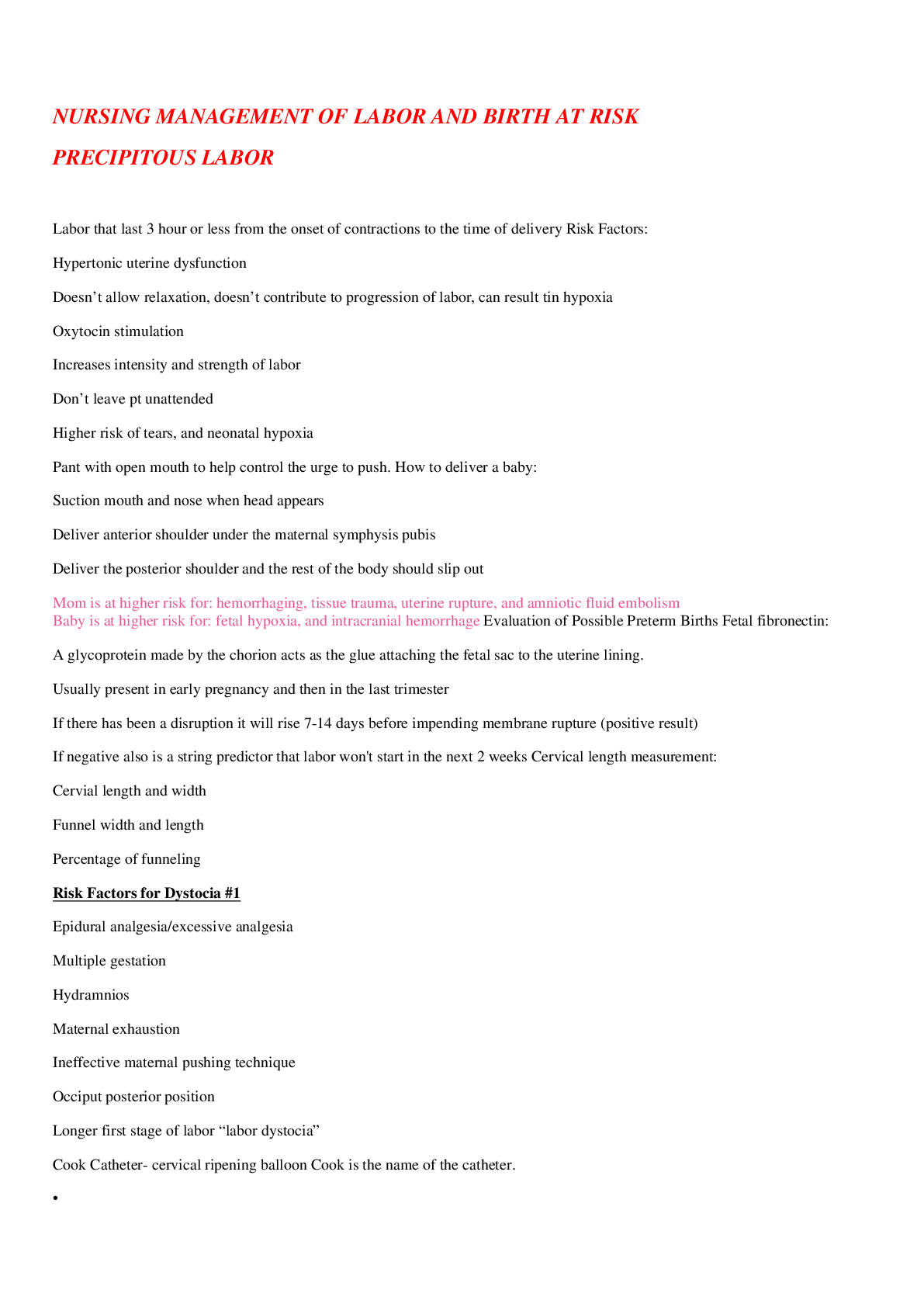
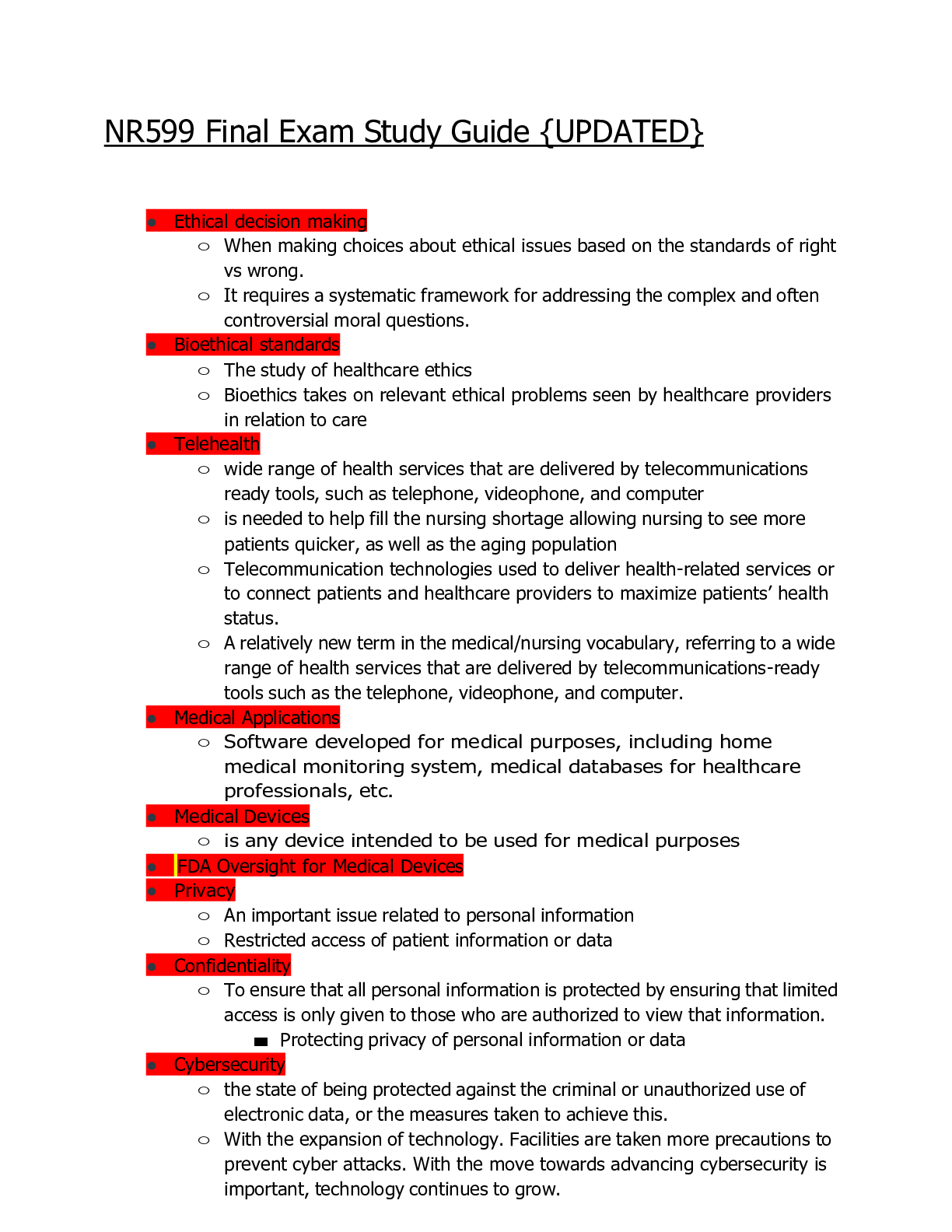
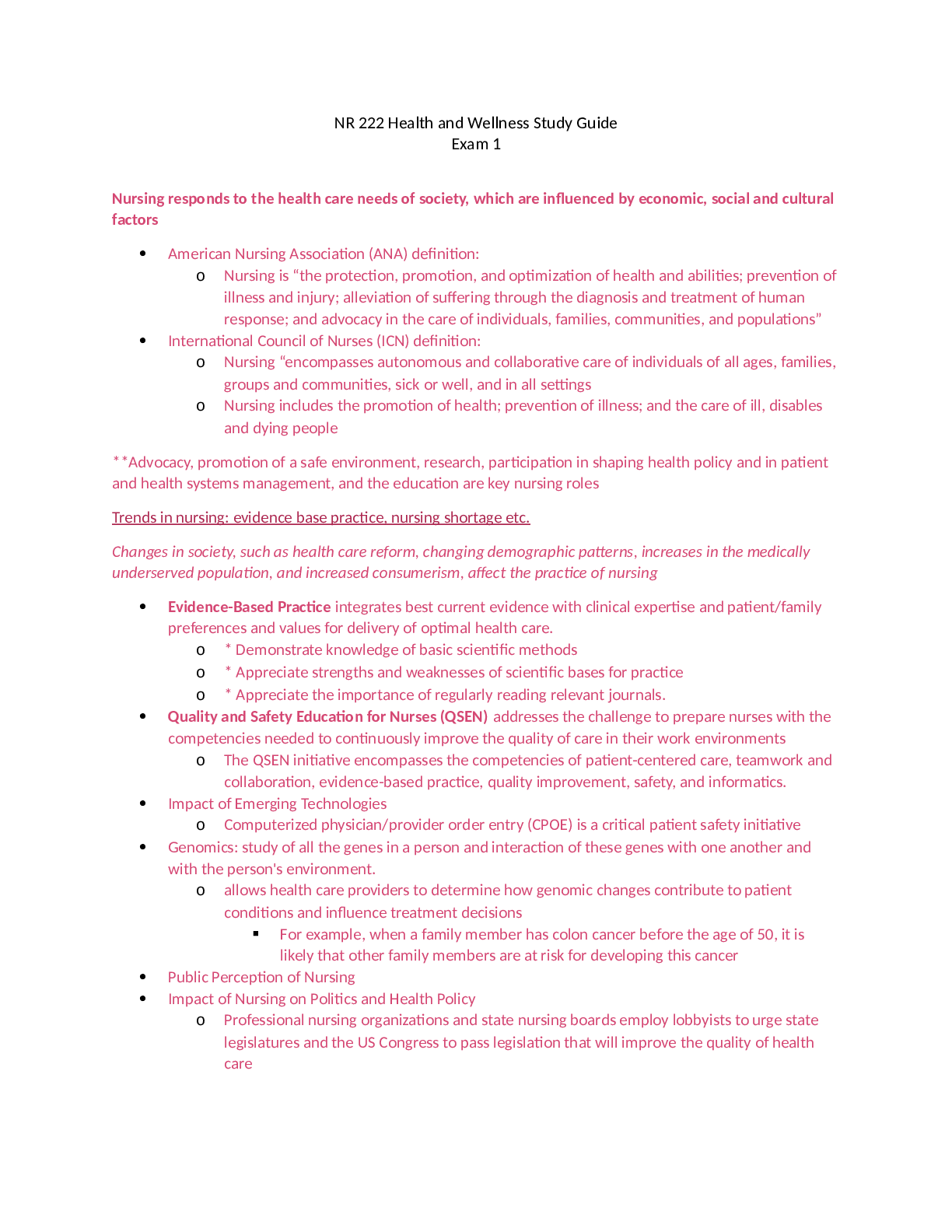
.png)


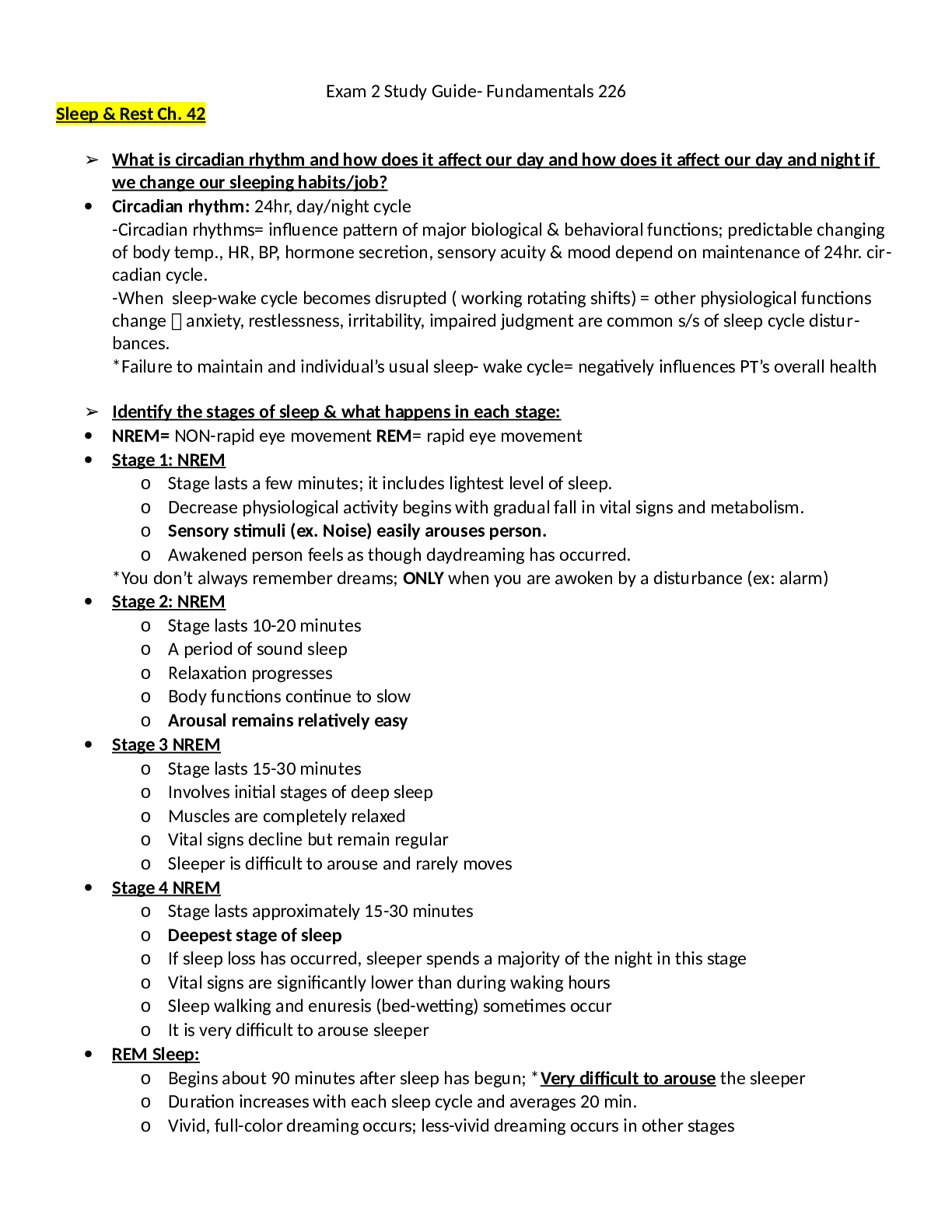
.png)

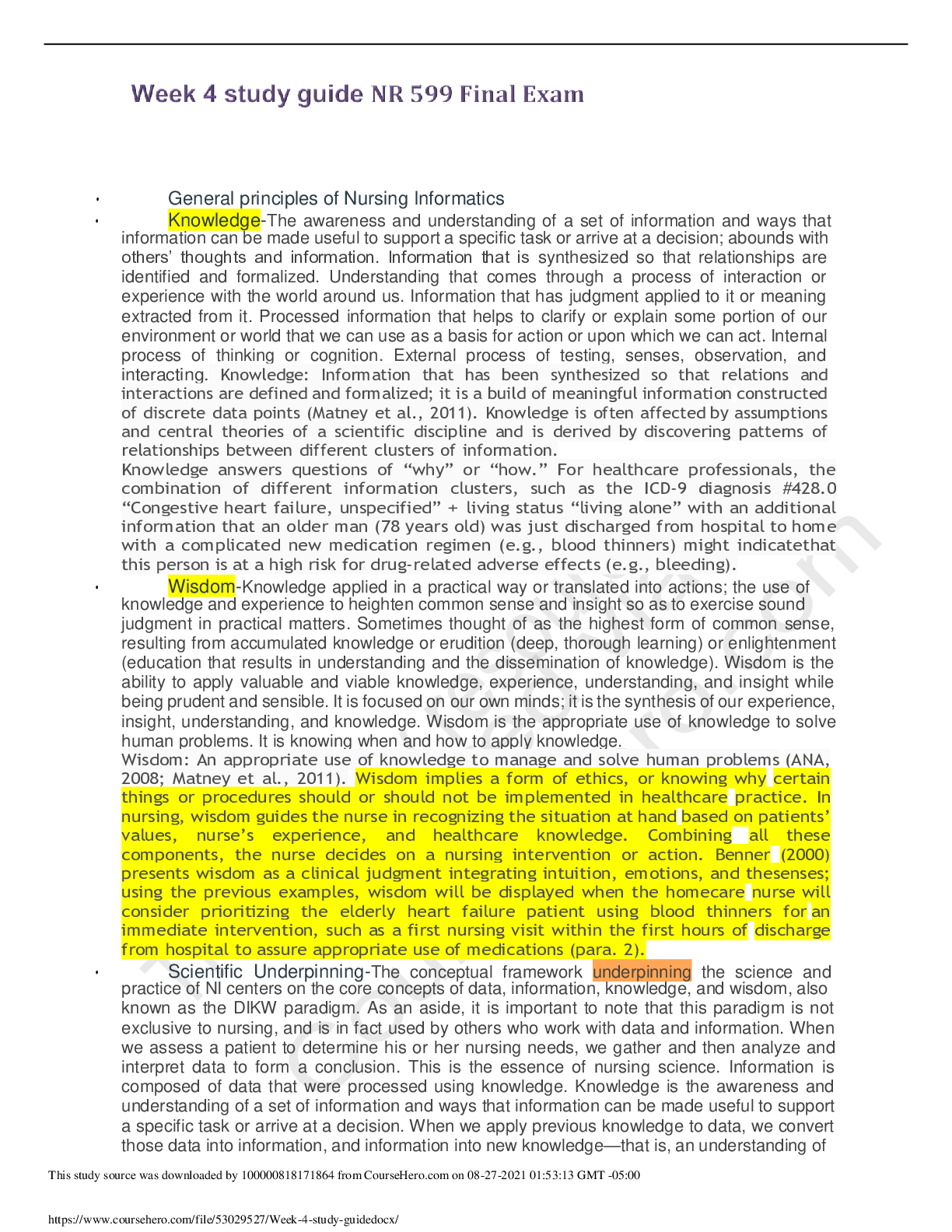
.png)
